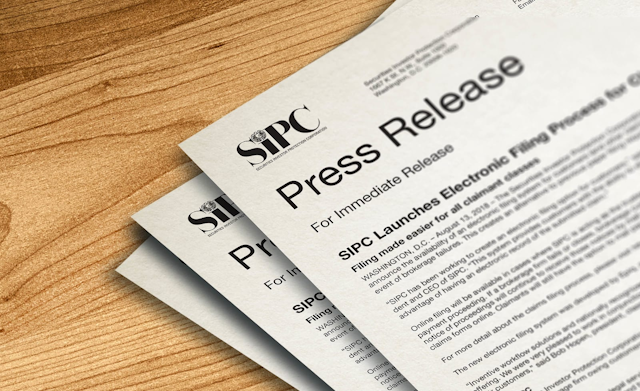MINNEAPOLIS, MN. -- June 10, 2004 - Trustee James Stephenson announced today that the United States Bankruptcy Court for the District of Minnesota has approved the final distribution of payments to the remaining customers of MJK Clearing. By the end of this process, every customer of MJK Clearing who submitted a valid claim following the demise of the clearing broker in 2001 will have been paid in full. The final distribution of more than $5 million will be made to approximately 200 customers, primarily banks and brokers.
Stephenson was appointed trustee in September 2001 to represent the interests of more than 175,000 customers of MJK Clearing. Since that time, he has overseen the distribution of more than $10 billion to restore completely the value of customer accounts as of the time the brokerage was ordered liquidated by the Securities Investor Protection Corporation (SIPC).
SIPC President Stephen Harbeck said: "We are delighted that 100 percent of the valid MJK customer claims have now been satisfied. This was the largest brokerage liquidation in SIPC's history. We are grateful to Jim Stephenson and the lawyers of Faegre & Benson for their work on behalf of many thousands of MJK customers."
Stephenson will now focus his efforts on recovering funds to reimburse SIPC for advances it has made to the Trustee and to pay claims filed in the wake of MJK's liquidation by non-customers, including landlords, vendors, stock loan participants, and others. He estimates the remaining claims to be in excess of $200 million. Stephenson has filed suit against numerous parties, including Deutsche Bank, for their role in the transactions that led to the demise of MJK Clearing. He said that the discovery period for that litigation is scheduled to conclude by the end of 2004, with trial scheduled for September 2005.
The MJK liquidation case is the largest ever handled by SIPC in its more than 30-year history. The largest previous brokerage shutdown handled by SIPC involved the firm Adler, Coleman Clearing Corp., headquartered in New York City, which had 65,000 customers and failed in February 1995.
































